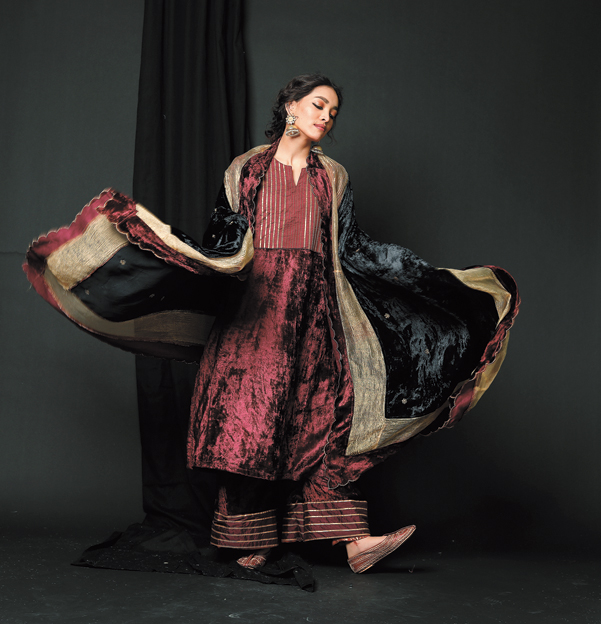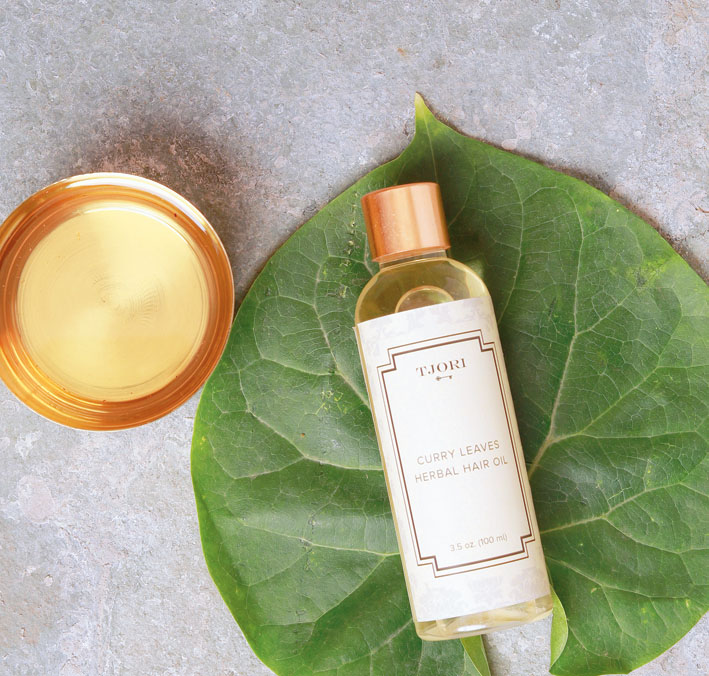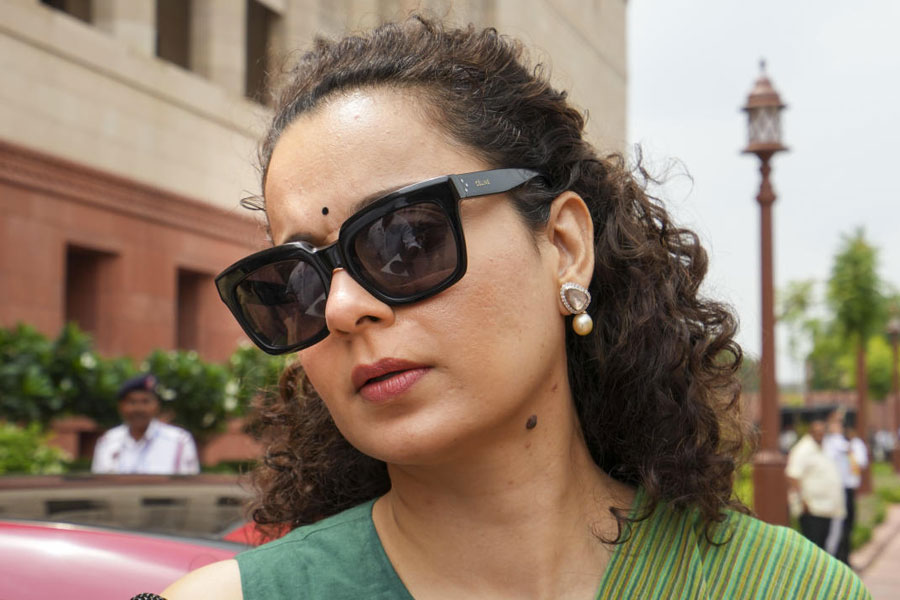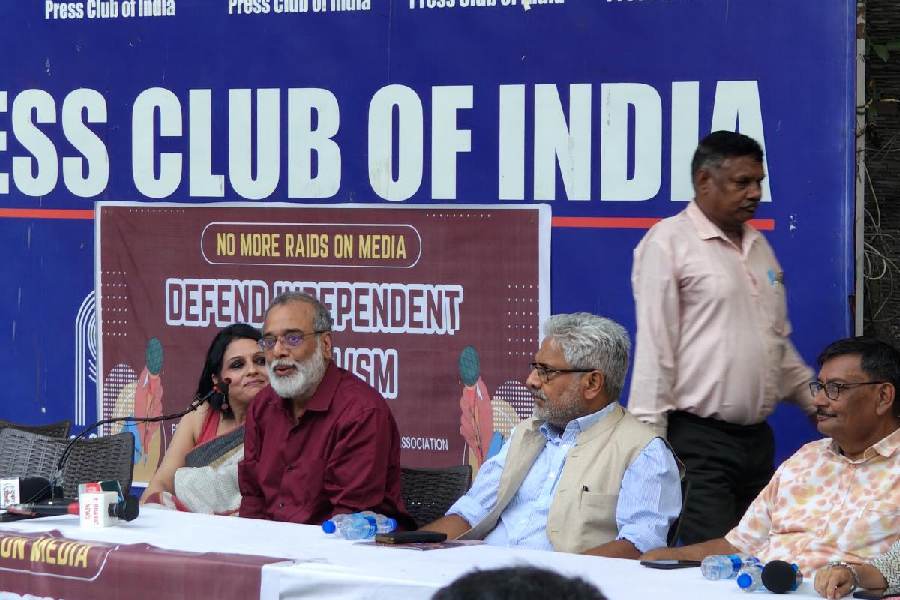She has studied business all through her life but founded Tjori that promises the ‘goodness of India in everything’. And, it is indeed a treasure trove of ‘modern ethnic products’, rich in the Indian heritage, customised with a touch of the contemporary. Mansi Gupta, 38, CEO and founder, Tjori, took t2 through the story.
How old is the brand?
Tjori is seven-plus years old. We launched in 2013. The office is in Sultanpur and my house is in Gurgaon. So, we have been pretty much based out of Delhi.
How did you come up with the name?
When we started Tjori, the main idea was to bring Indian handicrafts to North America. I was in the Wharton business school then, in 2012. And, it started as a classroom project. We wanted to have an Indian name but also something which is unique enough for many people in South America and a lot of Americans would call it ‘tiori’. Effectively, it was keeping the essence intact for the brand that is and the value that it holds and still unique enough for people to have a strong recall.
I have been pretty much the single person (running the brand). On the tech side, I would take my husband’s help, who is now a co-founder with the venture for the last two years.

Now there is a lot of awareness about heritage craft, especially this year. What was it like when you started though?
When we started, the idea was to have North America as the target audience. We also had the NRIs in mind, but in less than one year, we started getting a lot of traction from India. We would source handicrafts from the entire country and sell. We thought maybe Indians would not have that kind of appreciation for Indian designs, but that mindset has changed as well in the last five-six years. People have started appreciating a lot of home-grown brands, traditional art and craft and the dying crafts.
Also, people who are in north India won’t have easy access to the crafts of the south and vice-versa. So, it becomes a good platform for people to come and browse the best of what the country has to offer. Over time, as we started building Tjori as a brand, we started having a certain design aesthetic as the ethos. It wouldn’t be just the handicraft product that you take from an artisan, but there is also a human layer on top of that, which is giving it modern aesthetics and contemporary silhouettes to make it more relatable.
You don’t have to give up on the style and silhouettes. It is basic but it keeps you up to date with the trends as well.

Tjori does a lot of beautiful prints and blocks…
A lot of block printing is used in the summer collections and the kind of fabrics used are various kinds of cotton, linen and muslin and the different weaves and textiles in that. When it comes to print development, we have a set of designers on board and we get it done in-house.
Is everything made in-house?
Less than 10 per cent (is not in-house), mainly in metals for example… ready products come to us. There are some kinds of carpets and festive saris like patolas and Kanjeevarams where the finished products come to us.

What did you start with?
I come from Jammu so it was an easy, accessible target region from me to start curating from. I started with a lot of Kashmiri handicraft. Even now, you will see a lot of cashmere and pashmina-embroidery shawls and aari work and needle embroidery from Kashmir. The products have a good appeal and a promising response as well. Other than that, Kutch has been my all-time favourite. In winters, we take a lot of weaves from Himachal as well.
Anything from Bengal?
Jamdani is very promising for us. I love Jamdanis. It gets sold out in no time. For Jamdanis, the order has to be placed six months in advance. When the fabric is over, the game is over. You have to wait for next summer. Likewise for chikankari.

You also dabble in wellness…
It’s all about age-old traditional wisdom made available to modern-day women in an easy-to-use form for making your skin better. Yes, since Tjori is all about Indian goodness how could we forget Ayurveda and the five elements of life? In order to have an overall holistic goodness, we extended our products to wellness that makes you look and feel good inside out. I have many faves for myself and my son. Orange papaya scrub, neem tulsi face wash, bath powders, almond oil, overnight skin transforming serum… so many more.

Do you think this is the best time for Indian art and craft to come into prominence, given the current situation?
A lot of brands and a lot of platforms facilitating artisans across the country have come up. In terms of home-grown brands, if you go to places like Dastkar and Kisan Haat, you will see so many new young faces, trying to do something in being experimental about taking a certain craft and giving their take on it. I think it is already coming up in a big way, but to make it a viable business and a scalable brand, that requires a lot more than just the fabric and design. We have seen brands like Fabindia, Anokhi, Good Earth being on the other side of the spectrum. I am sure somebody will have the right kind of infrastructure to make it a scalable business. It is also inspirational. Many designers want it to be a small collection. In that case, you cannot be a mass brand for the country and bring handicraft to every household. We keep looking out for good designers, but it is an aspirational thing as in what they want out of the brand.
So, the ‘vocal for local’ narrative continues in 2021…
Absolutely. I think with this entire fiasco with China and the entire Southeast Asian market, a lot of focus will be on lesser travel and doing everything you do within your own country. And, why not? It is a great space and an active audience. So, there’s no stopping.










